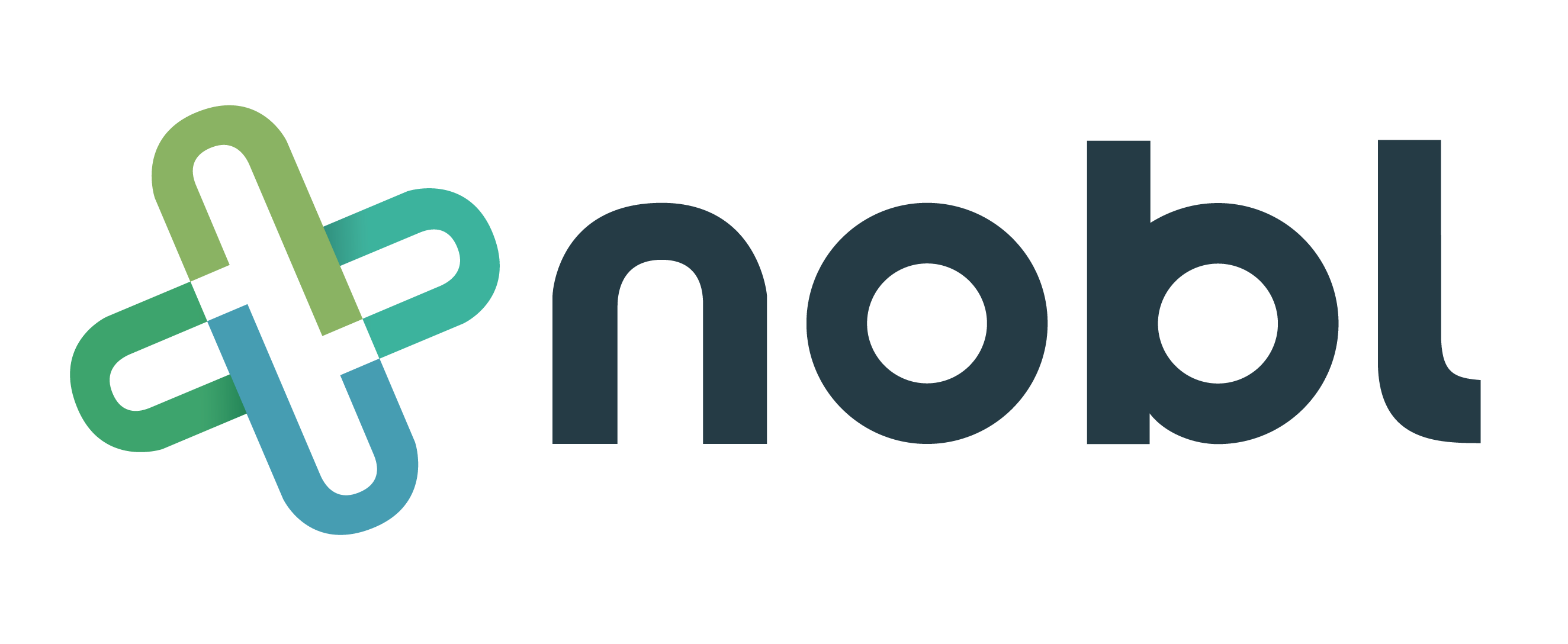
2 min read
The Untapped Potential of the Electronic Health Record
Nobl Health Feb 11, 2016 2:20:00 AM
A few months ago I wrote a blog post regarding the changing tides of healthcare, and the effect that those changes were having on our country’s nurses. Higher patient acuity, electronic health records (EHR), and budget cuts are all contributing to increased burnout amongst nurses, increased turnover, and less time nurses are able to spend actually caring for patients.
Out of that blog post, there’s one topic in particular that I’ve become increasingly passionate about over the months, and that’s the effect EHRs are having on our hospitals and healthcare providers.
The Medicare and Medicaid EHR Incentive Programs were created in 2009 to provide incentives for eligible hospitals to adopt, implement, or upgrade their EHR technology. For hospitals, these incentive payments can total as much as $2 million or more. As a result, hospitals have spent the last 5+ years implementing, dropping, and re-implementing various EHR systems throughout their organizations. Of the hospitals we talk to, I think one trend remains: few hospitals are satisfied with their EMR vendor, so they’respending multi-millions—if not hundreds of millions— of dollars to try and solve the problem.
One of the greatest challenges hospitals face is this false assumption that EHRs were created to solve the interoperability issues that seem to be so prevalent in healthcare today. The reality of the matter is that these tools were created to coordinate patient care within the hospital and replace the paper records that had become the standard over the years. While it makes sense for hospitals to seek ancillary solutions with integration capabilities, it also puts a major hinderance on the hospital’s ability to solve a plethora of other cost saving and quality improvement problems. The question, I beg, is at what point do the human and financial resources required to implement these systems begin producing negated returns for the hospital or health system? My assumption: most hospitals began seeing negative returns shortly after contracts with the EHR vendors were signed.
One of the greatest challenges hospitals face is this false assumption that EHRs were created to solve the interoperability issues that seem to be so prevalent in healthcare today.
This isn’t to say that hospitals shouldn’t be investing in Electronic Health Records or that the incentive programs are failing. These tools have amazing potential to help providers better manage and coordinate care. For the first time, hospitals have the ability to exchange health information electronically, all while providing higher quality and safer care for patients. Concern is risen only when hospitals are overextending their IT and clinical staff for these 12-24 month implementations, as it puts a gratuitous freeze on all other clinical and IT initiatives.
It doesn’t have to be this way.
Quite the contrary, the right initiatives are capable of dramatically enhancing the impact EHRs are able to have on managing and coordinating care. It’s the reason why companies like Cerner are establishing initiatives to make 3rd party integrations easier to actualize. Up until this point, most EHR vendors have had a starkly definitive attitude towards 3rd party integrations—and plenty still do. The fact that this trend is beginning to break is an excellent indicator of great things to come not only for care providers, but also for their patients.
In summary, while we still have a long road to travel toward overcoming the resource and interoperability constraints imposed upon the providers, we’re getting closer. By working together and limiting resource requirements on the side of the provider, we truly begin to see the impact that we’re all working so hard to materialize: enhanced quality, safety, and coordination.
It certainly won’t happen overnight, but we shouldn’t be afraid of making changes slowly. We should only be afraid of standing still.
Nobl is passionate about advancing collaboration between EHRs and Third-party applications. If you haven’t already, check out our rounding solutions.
New Free eBook
Best Practices for Sharing and Reviewing Data from the Nobl Rounding Platform
Beryl Institute Case study
Improved First Impressions at Your Front Door - Patient Ambassador Rounders Enhance the Patient Experience of a Busy Emergency Department
Recent Posts

Five Key Factors to Consider in Pediatric Leadership Rounding


